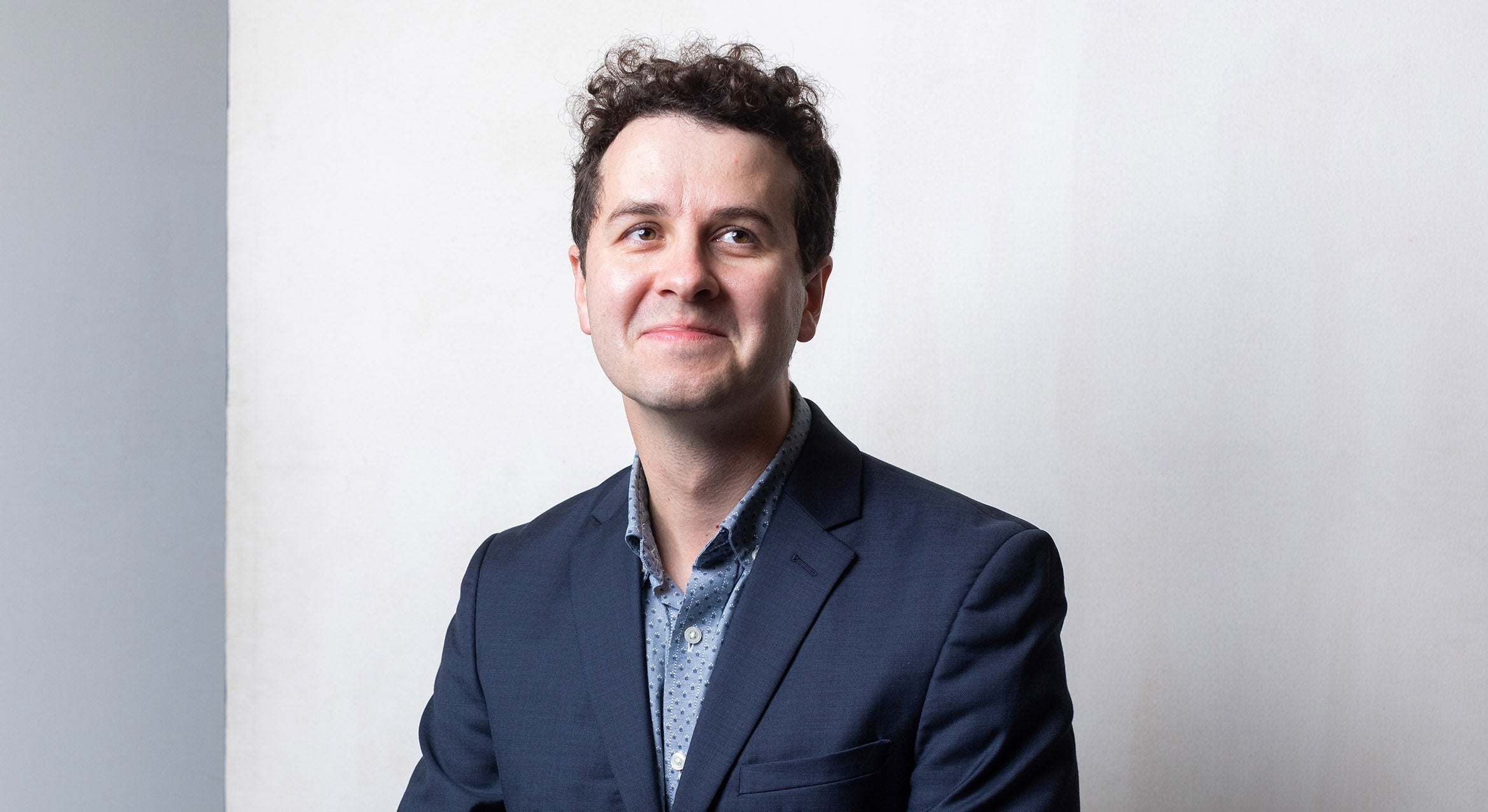Incandela Elected to the National Academy of Sciences
Joseph Incandela, professor of physics at UC Santa Barbara and the scientist who announced to the world the discovery of the elusive Higgs boson particle, has been elected to the National Academy of Sciences (NAS). Incandela was one of 84 new members chosen for membership in the prestigious NAS.
Chosen for membership in recognition of distinguished and continuing achievements in original research, Incandela was honored for his contributions to particle physics, especially the discovery of the Higgs boson at the European Organization for Nuclear Research’s (CERN) Large Hadron Collider.
“UC Santa Barbara is immensely proud of Professor Incandela’s vast accomplishments and our community congratulates him on this well-deserved honor,” said Chancellor Henry T. Yang. “Election by one’s peers to this prestigious academy is not only a milestone achievement, but also a meaningful recognition of years of hard work, pioneering research and exceptional contributions to the field of particle physics and beyond. Among many splendid accomplishments, he was the international leader and spokesman for the tremendously exciting breakthrough discovery of the long-sought Higgs boson at CERN’s Large Hadron Collider. His commitment to advancing the frontiers of science is an inspiration to us all, and we are delighted to see our distinguished colleague honored in this way.”
“It is difficult to adequately express how much it means to me, or any scientist, to be recognized by the National Academy,” said Incandela, the Yzurdiaga Chair in Experimental Science. “The academy has the greatest concentration of top scientists in the world. I am overwhelmed, very happy and deeply honored.”
The High Energy Physics Group played a strong role in CERN’s Compact Muon Solenoid (CMS) project. Led by four faculty members in the Department of Physics including Incandela, the group was involved in the detector’s design, construction and operations, software development, data analysis and the management of several parts of the experiment. Incandela was spokesperson for the CMS experiment, a collaboration of about 180 institutions from 38 countries with a total of 2000 physicists, when the discovery of the Higgs boson was announced in 2012.
Incandela came to UC Santa Barbara from Fermi National Accelerator Laboratory in 2001. He has been involved in the design and construction of semiconductor-based charged particle detectors since 1991.
“Joe Incandela has been a close colleague both at Fermilab and UCSB, so it pleases me a great deal to welcome him into the National Academy,” said Michael Witherell, vice chancellor for research, a professor in the Department of Physics and a member of its High Energy Physics Group. “Our physics department now has 12 members in the academy, a remarkable number. This is yet another indicator of the great respect that physicists around the country have for our faculty members.”
A widely accepted mark of excellence in science, membership considered one of the highest honors that a scientist can receive. The NAS membership totals approximately 2,250 members and nearly 440 foreign associates, of whom approximately 200 have received Nobel prizes. Four of UC Santa Barbara’s six Nobel laureates are academy members.
Established under a congressional charter signed by Abraham Lincoln in 1863, the National Academy of Sciences recognizes achievement in science by election to membership and with the National Academy of Engineering, Institute of Medicine and National Research Council provides science, technology and health policy advice to the federal government and other organizations.



